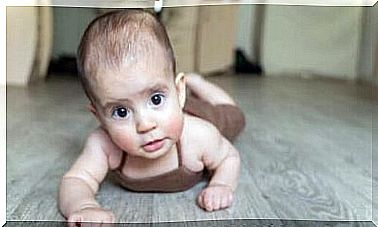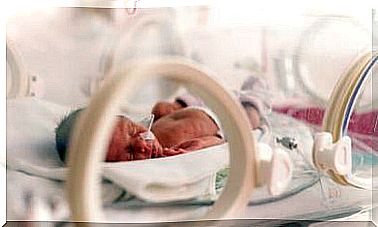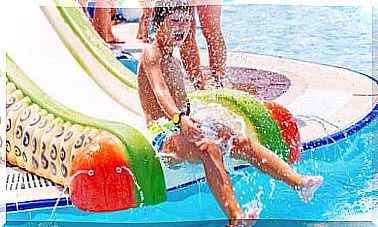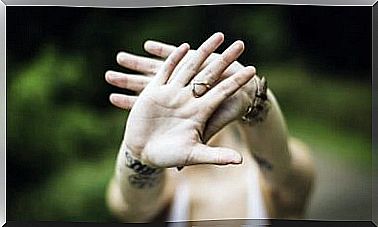Important! How To Save Your Child’s Life If He Stops Breathing
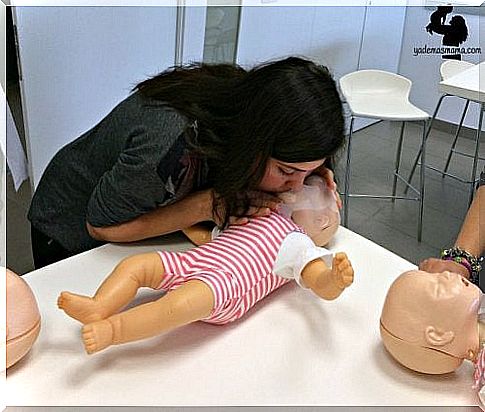
We don’t want that to happen. But if you find yourself in this dramatic situation, we want you to be prepared. In this article, we show you how to save your child’s life if he suddenly stops breathing. In these situations, not a single minute can be wasted.
The most important thing is to quickly analyze the situation and try to remain calm. A child or baby can stop breathing for different reasons. It is essential to know what the situation is in order to act correctly.
Causes why the baby may stop breathing
choking
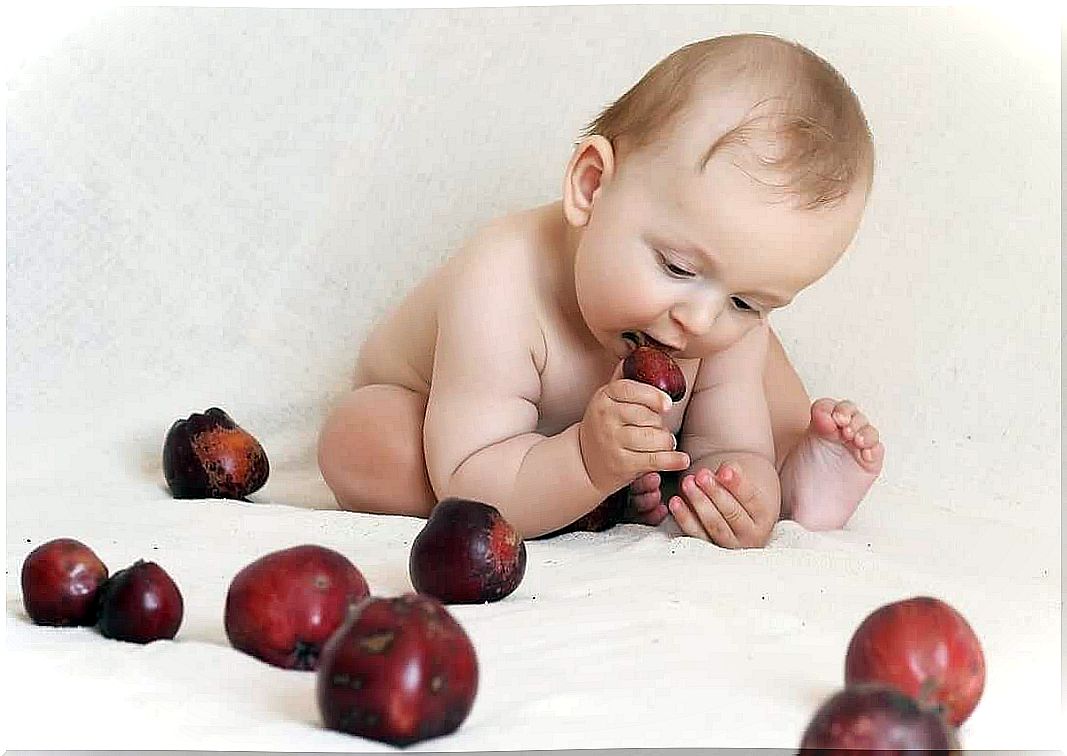
It is the accidental obstruction of the upper or middle airways. This obstruction usually happens when our child eats food that has not been chewed correctly.
It is often caused by very large pieces of food, which the child is not able to chew very well, such as large pieces of meat, for example. Therefore, until the baby is able to chew correctly, it is important to give very small pieces or also to crush them and serve them as a puree.
Nor can we forget about foods that have a pasty conscience, such as chewing gum or gum, which are not recommended for children until they reach a certain age. Another cause of choking occurs when the child ingests a small object. This is why it is essential that the baby is under our supervision at all times.
Drowning
Drowning happens when our child cannot breathe. The air entering the body is submerged in a liquid and it is impossible to breathe properly. This type of suffocation usually happens in the summer, when swimming in swimming pools or on a beach vacation.
But an oversight in the bathtub at home can also put us in the same situation. Let’s not forget that a few inches of water is enough to give us a fright.
That is why it is very important to watch the children at all times.
Pneumonia
It’s an acute inflammation of the lung. Normally, after a “poorly cured” cold this illness usually appears. The onset of pneumonia is characterized by inflammation of the upper respiratory tract, with manifestations such as rhinitis, fever or fever.
After that, the inflammation descends into the lower airways, causing breathing difficulties and increased breathing rate. With proper medical treatment, our child does not have any other health problems.
The pediatrician will prescribe antibiotics and bronchodilator inhalers to facilitate the passage of air, which, combined with good hydration, will help to overcome the respiratory crisis.
bronchospasm
It is the narrowing of the bronchial lumen, as a result of the contraction of the muscles of the bronchi, which causes difficulties in breathing. It is best to go to an emergency facility as the child may not be getting adequate oxygen.
Bronchitis
It is an inflammation of the lower airways.
It happens when the bronchi, located between the lungs, become inflamed due to an infection. At first it affects the nose and throat, but soon it spreads to the lungs.
The pediatrician will prescribe bronchodilators and antibiotics in order to improve air intake and cure the infection.
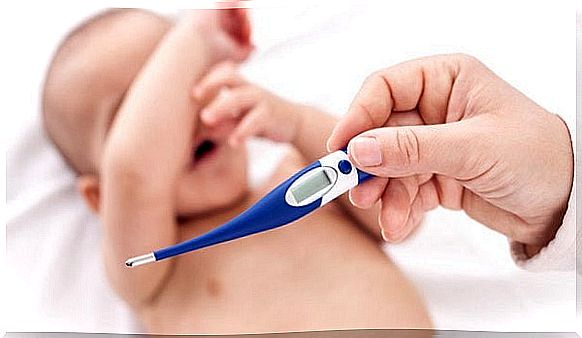
bronchiolitis
Mucus in the upper respiratory tract usually causes coughing, which is the body’s natural expulsion mechanism.
It can happen that the mucus gets into the lower airways because the child’s body has not been able to expel it correctly. When this happens, inflammation appears.
In very young babies, this excessive accumulation of mucus can produce choking and even babies can stop breathing.
To prevent this from happening, nasal sanitizers are recommended. With nasal sanitizers it is possible to clean the airways to fight the accumulation of mucus.
What to do when the baby is not breathing:
Get help as soon as possible
We must think that this situation needs to be resolved immediately.
So we have two options: go to the nearest pediatric emergency room, or call 911.
As help arrives…
The Heimlich maneuver
It is a first-aid procedure to unclog the airways, normally blocked by a piece of food or any other object.
It is an effective technique to save lives in case of choking asphyxia. It is recommended to lay the baby on his back on a hard surface. Placing your hands, one on top of the other, between the sternum and the navel, you should push several times towards the chest.
CPR – Cardiopulmonary Resuscitation
It is a life-saving emergency procedure that is used when a person has stopped breathing and the heart has stopped beating.
Compression time is 120 compressions per minute. CPR combines mouth-to-mouth resuscitation and cardiac compressions. All this until you manage to restore respiratory function and heartbeat in a natural way, or even artificially through cardiac or respiratory monitors.
In the case of babies, the procedure is performed by placing the baby on its stomach and, supporting it on the forearm, we give the child five slaps on the back. Let’s not forget that in situations like this, every minute counts. Thus, professional help as soon as possible is vital for the situation to end well.
